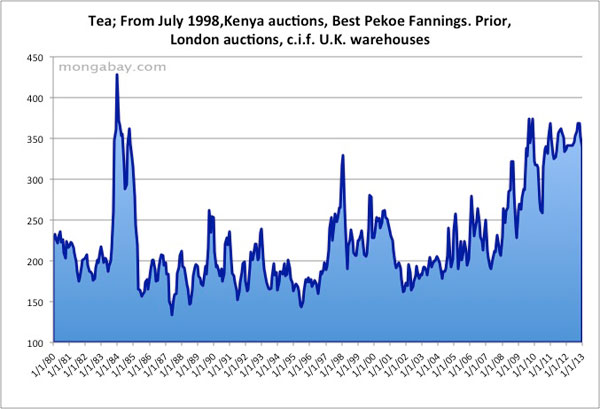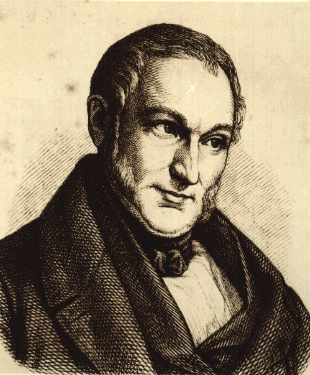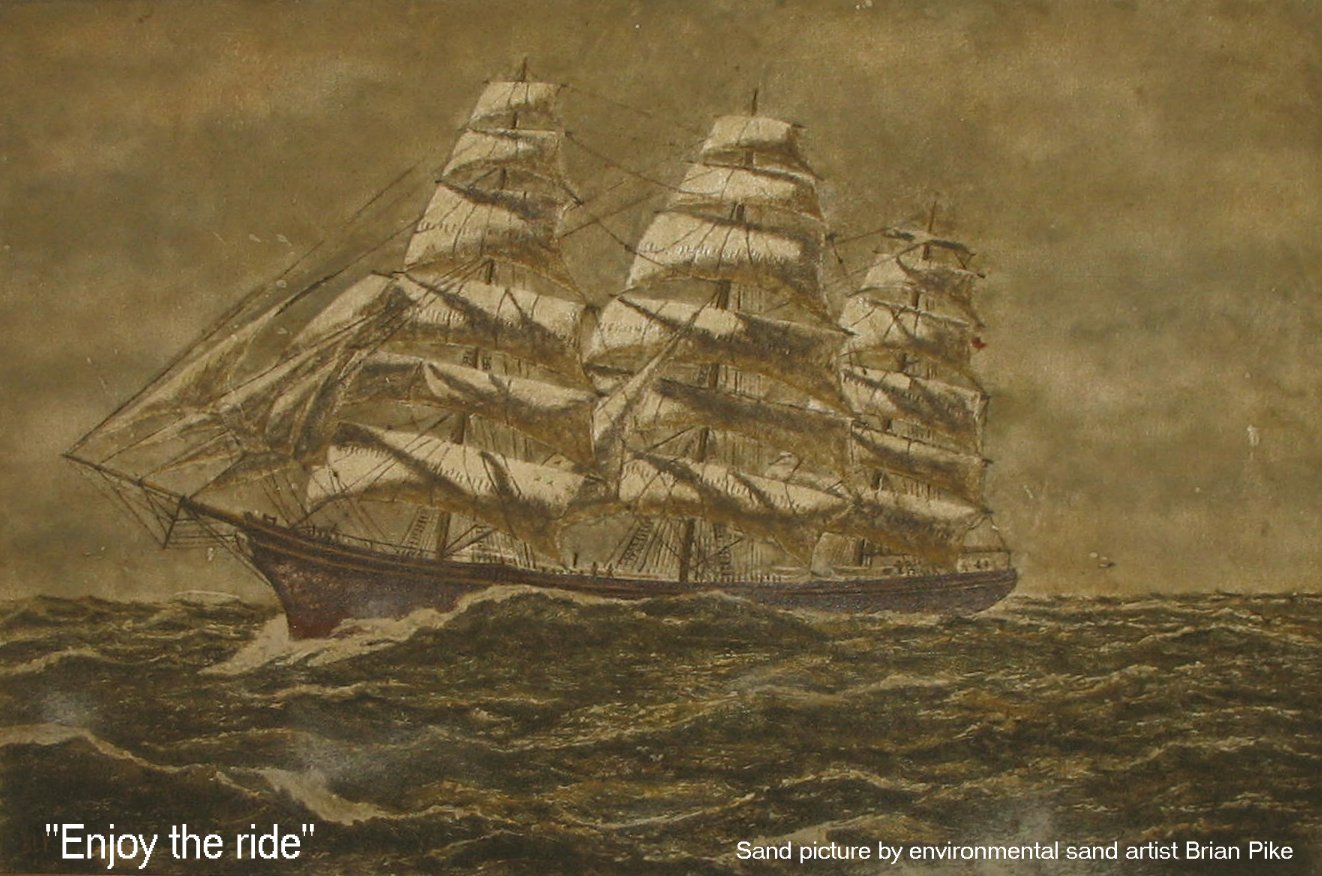Everyone knows that in Europe, tea is something English (or British if you prefer), that they invented everything regarding tea rituals and that they are at the core of everything related to tea.
Well, I won’t tell you that everything in this common belief is a lie but let’s say that not everything is true.
As I once wrote, Hamburg is also a major hub for tea in Europe and in spite of the evolutions described in my article is likely to remain its role for some years as it holds a significant advantage in terms of logistics and know-how that will take years for any other interested in the role to reach.
The second point you might know is that tea is said to have become mainstream in the United Kingdom following the marriage of King Charles III with Catherine of Braganza in 1662. This Portuguese princess is said to have introduced tea drinking at least in the English court as this drink was widespread among the Portuguese nobility.
As for early knowledge of tea or mention of it, it has nothing to do with English or Northern Europe people. According to All about Tea by William Ulkers published in 1935, the first mention of tea in Europe was in 1559 in the second tome (but to ease our understanding third to be published) in a compilation of travel books by an Italian Giambattista Ramusio, Navigationi et Viaggi (Navigations and Travels). He translated the works of Haji Mohamed, a Persian traveller, who had spoken of Chai Catai (literaly Chai of Cathay or in modern English, tea of China), a plant that grows in the district of Cathay, which is called Cacian-fsu , ie Sichuan, This was followed by several mentions by Italian, Portuguese and even French mentions of tea, for most of them priests or missionaires; which seems logical since apart from the Church missionaries, only the Portuguese could travel towards East Asia. Afterwards, Dutch and English boats managed to get access to these seas and began bringing back goods among them tea, which was seen as a medicine plant and drink. For a reason I don’t really understand (apart from the obvious “let’s not make our trade too attractive so that people will stay away of it” that doesn’t fit with everything going on at that time), Dutch merchants introduced tea in Europe at the beginning of the 1600s and sold it later on to the English (1652). The first recorded public auction in England for tea happened after that in 1657.
Based on common knowledge and the clichés about tea, I always thought that France wasn’t in the lead for tea. However, at the end of the reign of Louis XIV of France, during the Regency and in the early years of Louis XV of France (in other words between 1707 and 1738), a man called Nicolas Delamare, police commissioner, wrote a Traité de la Police (Treaty on Police) and in it mentioned in the 4th book that (the translation from old French being mine) Tea is the leaves of a shrub that come to us from China, the use of which began to be known in Paris, around the year 1636.
However, like in other countries, things were not going straight ahead for the new medicinal drink and several debates were going on in France like in other countries. For example, the dean of the Faculty of Medicine in Paris in 1650-1652, Guy Patin wrote between 1648 and 1659 several letters to different people where he mentioned tea (I found them online in Correspondance française de Guy Patin edited by Loïc Capron, Paris : Bibliothèque interuniversitaire de santé, 2015, http://www.biusante.parisdescartes.fr/patin/).
The first one was on the 10th of March of 1648 to Mr Charles Spon, where he stated that a badly written thesis by Dr Philibert Morisset on “Does Chinese tea increase mentality?” was to be defended and that this thesis was only made to flatter the chancellor, which was at the heart of this plant reputation, a reputation that will immediately disappear with the noise. The idea being that tea was a panacea.
On the 22nd of March of the same year, he wrote to the same correspondent that one of our doctors, who is much more a braggart than a skilful man, named Morisset, wishing to favour the impertinent novelty of the age, and trying thereby to give himself some credit, has spread here a thesis on tea, with a conclusion that is as well done as this president has his head well done. Everyone has disapproved of the thesis. There has been some of our doctors who have burned it and reproaches have been made to the Dean for having approved it.
On the 27th of March of 1648, he wrote that tea was being taken by the Cardinal Mazarin to deal with his gout, which was in line with the belief that this medicinal plant could cure everything.
Some years later, he wrote on the 22nd of June of 1657 to Johannes Antonides Vander Linder, physician and professor in Leiden (in the Netherlands) asking him (among other things) about the properties of this leaf that was quite common in the Netherlands, saying that for some it was Indian while from others it was Chinese or from Europe (and this debate raged on until much later), stating too that it was quite a hype and that the spouse of a magistrate wanted him to prescribe this “new” plant but that being careful and cautious, he wanted before using it to have some proofs of its efficiency.
The last letter on this topic was written on the 7th of March of 1659 to a Dr. Sebastien Scheffer in Frankfurt, where he stated that this hype for this Chinese plant was only a hoax and that most tea was not true one but made of other plants from Europe, the only way for him to have good tea was to go in China, something that only Jesuits could do.
Another more famous letter writer that spoke about tea was Mme de Sévigné, a famous woman letter writer during the reign of Louis XIV. She corresponded with her daughter for over 25 years with 2 to 3 letters each week and mentioned two times tea.
On the 16th of February of 1680, she wrote that another noblewoman, Madame de La Sablière was drinking milk with her tea. Some says that this was done to cool the tea to prevent her bone teacups from cracking. Perhaps it was the origin of the English custom of drinking tea with milk.
Some years later, on the 4th of October of 1684, she wrote to her ill daughter that the Princess of Tarente (Emilie von Hessen-Kassel) had said to her that she drank 12 cups of tea every day and that her father was up to 40 every morning.
The debate regarding the properties of tea kept on and for example in 1671, Philippe Sylvestre Dufoud, an apothecary, banker, collector and author, which dealt with medicines from the Orient (like at that time tea, coffee, chocolate) wrote De l’usage du caphé, du thé et du chocolate (On the use of coffee, tea and chocolate), which was partly a translation from the works from other people. This book was followed by a rework and re-edition in 1685 under the title Traitez nouveaux et curieux du caffé du thé et du chocolate (New and curious treatise on coffee, tea and chocolate), which became a success and was translated and reprinted several times.
As can be seen above tea was quite popular among some parts of the population in France but in spite of that (or is because of it), it never managed to get the same popularity as in England and even if France was for a long time an importer of tea, it was mostly to smuggle it in the United Kingdom where taxes were too high.
Was the French Revolution the killing blow to this trend? Was it a little earlier the several wars under Louis XIV and Louis XV with the loses of territory and ships suffered by the French East India Company? Some other reason? I couldn’t find a definitive answer yet but there is probably a good explanation to this
However these findings made me think about what I thought to be the history of tea in Europe and as said by a small and green one, which was not a cup of green tea but a Jedi Master, sometimes you must unlearn what you have learned.







Recent Comments